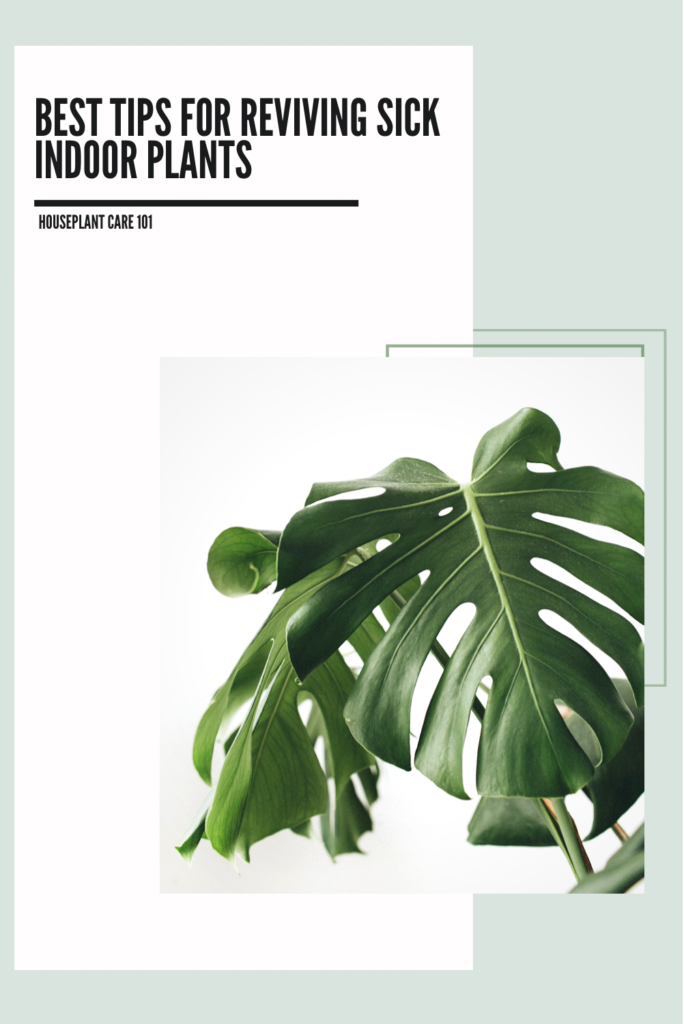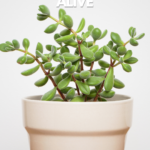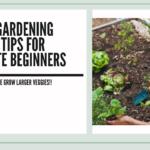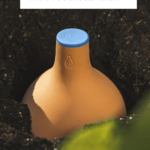Like many of us, I started taking an interest in growing houseplants over the past couple of years. I absolutely love having some green around the house to help improve the air quality in my home. However, every now and then our beloved indoor plants get sick. So, I decided to share a couple of my best tips for treating sick plants.
I’ll admit that I’ve killed a fair amount of indoor plants. Sometimes I lose track of the watering schedule. Time is kind of crazy these days!

Over time, I’ve learned a lot about caring for houseplants and fewer of them are dying. In fact the majority of my plants are thriving!
I have a Bird of Paradise plant that was not doing very well AT ALL. I started googling all the symptoms: What causes brown tips on leaves? How often to fertilize indoor plants? How often to water? How much light do indoor plants really need?
I tried all the recommendations from random websites and failed. In fact, my Bird of Paradise started pushing out a new leaf then just stopped and the new leaf died. I was devastated.
However, after making some changes based on my observations of the plant, it bounced back and started putting out healthy new leaves!
Here are some of my best tips for taking care of your dying or struggling indoor houseplants:
#1 Make Sure Your Plants Get The Right Level of Sunlight
Different plants need different levels of sunlight. Sometimes, it can be hard to find the perfect place in your house. I often research the plant a bit to see how it grows in nature to determine where to place in my house without it freaking out too much.
You often find plants like Birds of Paradise in brightly lit areas or even in direct sunlight. Now, that doesn’t mean it can’t survive indoors or in a spot that gets indirect light. It does mean that more light would be ideal for it to thrive.

For plants labeled as low light plants, please remember this does not mean NO light. And there are plants like the Snake plant that can thrive even in partially high sunlight areas, and also not die in low light areas. It just means it will grown slow with less light.
Nonetheless, be sure to buy plants that are appropriate for your house’s lighting condition to begin with. If your plant is showing brown crinkly leaves or not turning darker green in color, they might not be getting enough light.
Try placing the plant closer to a window with bright indirect light for a week or two and see how it does. You can also use plant light meters or apps to determine if the area where the plant is located is indeed receiving enough light.
Depending on the angle of the sun and how it hits your house or apartment, some windows might not get as much sunlight as you think. So try a couple different areas and observe how the plant responds.
#2 Monitor The Soil’s Water Level
With over 40 houseplants, I try to simplify the watering process by going around and watering everything about every 7–10 days. I will try to do it on a specific day so I can remember to return to the plants on that specific day the next week to check on them again. This way, I know when everything has been watered and I only have to do it once a week or so instead of watering a few plants here and there throughout the week.
This works for the most part, but different plants also need different levels of water. Watering all your plants at the same time can avoid confusion, but also teach you that some plants need more water than others. This also depends on how much light each plant gets through the day. Those with bigger leaves in a sunnier spot can use up it’s water pretty quickly. In addition, plants in smaller pots can use up water fast.

To throw another monkey wrench in the mix, the type of pot you use can change how often you water.
But, if you struggle with knowing when to water your plants or how much to water them, a great solution is to invest in a water meter for your plants. This is such a great tool!

How To Use A Water Meter For Houseplants
When you put the meter in the soil it will tell you what the water levels are and whether the plant is too wet or too dry. Use a water meter to monitor your watering closely and check it regularly! Remember, you can absolutely overwater your plant and kill it quickly that way too. So, take the guesswork out of the entire thing by using a water meter like this one.
#3 Use Fertilizer When Needed
Since houseplants are just in a pot, they can use up the nutrients in their soil quickly. It is a good idea to use a gentle fertilizer on your houseplants when they show signs that they are in need.
Granted, there are times when some plants go dormant, generally in colder weather. During this time you will not need to fertilize as much or not at all depending on the plant. You will also water the plant less during the cooler seasons.

How & When To Fertilize Your Houseplants
I used to just fertilize my plants occasionally or only in the growing season as other blogs suggested. But, I found that this was not enough for some plants like my struggling Bird of Paradise. Recently, I started adding a little bit of this Joyful Dirt Plant Food into the watering can when my plants looked like they a pick me up. So the plants get some every time I water them during the growing season and a every third time during the rest of the year. This has helped the plants thrive so much! Some of my plants that were struggling before are now thriving and putting out new growth.
#4 Change The Soil And/Or Pot
This is the one that I seem to always hate doing because it’s the messiest and can be a low key horror movie. If you got to the point where your plant is truly struggling and/or has gnats coming from the soil, whatever’s laying beneath the surface can possibly be terrifying. Believe me, I shared about how I ended up with yellow mushrooms in my houseplants in this blog post.

Sometimes, it might be easier to change your plant’s pot to one that’s much more porous. Terra-cotta pots are my favorite simply because they wick moisture from the soil away from the pot. I’ve stopped using plastic pots because they can become a breeding ground for fungus and/or fungus gnats. So, changing your plant’s pot can actually save it in some cases.
While you’re switching the pot, changing out some of the soil which might be helpful for the plant.
#5 Check For Bugs In And On The Plant
Every plant parent will encounter a bug problem at some point. For me, it was spider mites. These little bugs laid eggs and webs on my poor monstera and eventually sucked the life out of it. But there are a fair amount of pests to keep an eye out for on your plants.
The best way to prevent bugs is to keep the leaves clean and use well draining, nutrient rich soil. If the plant is sitting in soaking wet soil all the time with no way to get rid of the excess water, it will eventually get sick and possibly die. It can also make the perfect condition for fungus gnats, and even mold and yellow mushrooms in your potted plants which are incredibly annoying.
I like to use Organic Mechanics Premium Blend Potting Soil for my indoor plants.
If your plant is struggling, don’t give up! Try using some of these tips and see if it works.











